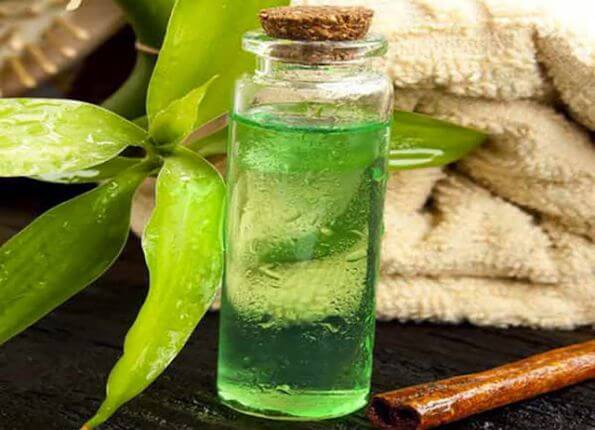 Raven Clabough – Further evidence of the federal government’s vast overreach can be found in a report out of the Competitive Enterprise Institute (CEI) that reveals that over 3,500 new regulations were issued in 2014, while 224 new laws had been passed. According to the report entitled Ten Thousand Commandments, the cost of government regulations is $1.88 trillion per year, or $14,976 per every household.
Raven Clabough – Further evidence of the federal government’s vast overreach can be found in a report out of the Competitive Enterprise Institute (CEI) that reveals that over 3,500 new regulations were issued in 2014, while 224 new laws had been passed. According to the report entitled Ten Thousand Commandments, the cost of government regulations is $1.88 trillion per year, or $14,976 per every household.
According to the CEI website, Ten Thousand Commandments is “the Competitive Enterprise Institute’s annual survey of the size, scope and cost of federal regulations, and how they affect American consumers, businesses, and the U.S. economy.”
Ten Thousand Commandments was authored by CEI Vice President for Policy Clyde Wayne Crews, Jr. in order to expose the growing “hidden tax” resulting from the increasing regulatory state.
The report puts the cost of the regulations into perspective with a few mind-boggling points:
• The estimated cost of regulation exceeds half the level of the federal spending itself, which was $3.5 trillion in 2014.
• Regulatory costs of $1.88 trillion amount to 11 percent of the U.S. GDP, which was estimated at $17.4 trillion in 2014 by the Commerce Department’s Bureau of Economic Analysis.
• When regulatory costs are combined with federal FY 2014 outlays of $3.5 trillion, the federal government’s share of the entire economy now reaches 30.6 percent
• If it were a country, U.S. regulation would be the world’s tenth-largest economy, ranking behind Russia and ahead of India Continue reading

 The USA Freedom Act was approved in a 338-88 vote, with approximately equal numbers of Democrats and Republicans voting against. The bill’s supporters say it will disallow bulk collection of domestic telephone metadata, in which the Foreign Intelligence Surveillance Court has regularly ordered phone companies to turn over such data. The Obama administration claims such collection is authorized by Section 215 of the USA Patriot Act, which is set to expire June 1. However, the U.S. Court of Appeals for the Second Circuit recently held that Section 215 does not provide such authorization.
The USA Freedom Act was approved in a 338-88 vote, with approximately equal numbers of Democrats and Republicans voting against. The bill’s supporters say it will disallow bulk collection of domestic telephone metadata, in which the Foreign Intelligence Surveillance Court has regularly ordered phone companies to turn over such data. The Obama administration claims such collection is authorized by Section 215 of the USA Patriot Act, which is set to expire June 1. However, the U.S. Court of Appeals for the Second Circuit recently held that Section 215 does not provide such authorization. It was only in the 1920s, after Arthur Penfold,
It was only in the 1920s, after Arthur Penfold,